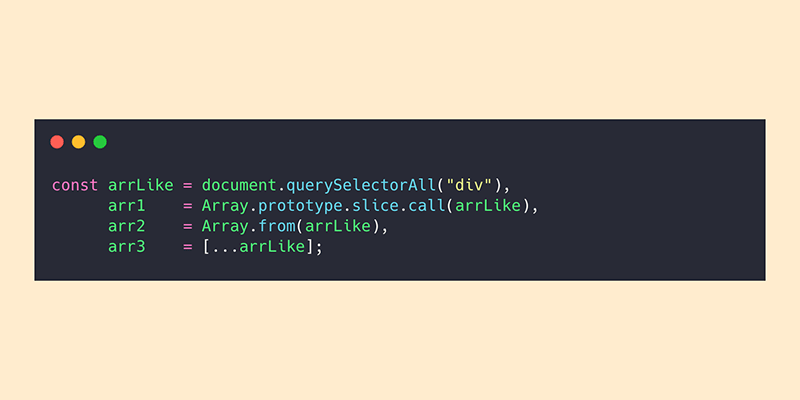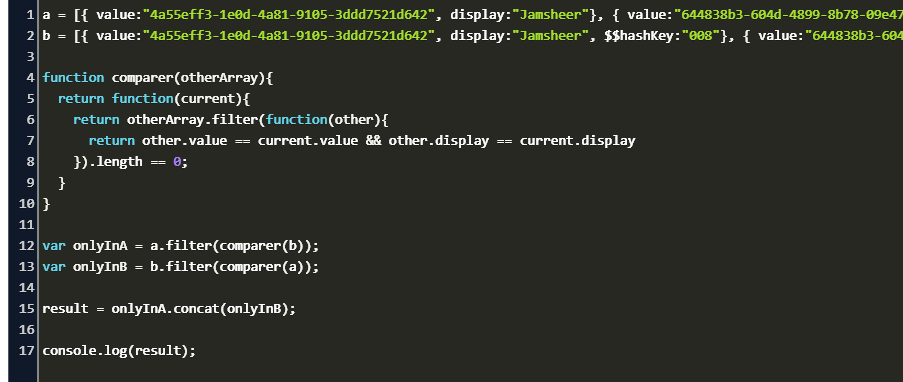

It's true that every browser supports for (duh!), but experience proved that something that iterates over a collection for us is simpler as it doesn't force us to take care of a variable for counting, while the (relatively) complex - although well-known - syntax of for is prone to mistakes. a simple for statement would have worked. Quite heavy when it comes to memory consumption and CPU usage.Ĭonclusion: use document.querySelectorAll instead (which returns a NodeList). Finally, we push the obj to the arrayOfObjects. Then, we create an empty array called arrayOfObjects.We loop through the Map using a For.Of loop and for each iteration, we create a new object called obj and assign the current key-value pair to it.

It's a live collection that gets updated when the DOM changes. In this example, we first create a Map with some key-value pairs.

We then use Object. and something that should be avoided in general. In this example, we first define an object myObj with three key-value pairs. Now, the former does have forEach defined - but it's pretty much the only array method that has been added to its prototype so far.īut it's only a relatively recent addition, so older browsers don't support it - fortunately, the Array#forEach trick works pretty well, down to sufficiently old Internet Explorer versions (probably 6? 5.5? The heck am I saying, that could work for slice, but forEach was added only in IE9.).Ī HTMLCollection is a totally different beast. A small correction: you used document.getElementsB圜lassName which does not return a NodeList but a HTMLCollection.


 0 kommentar(er)
0 kommentar(er)
